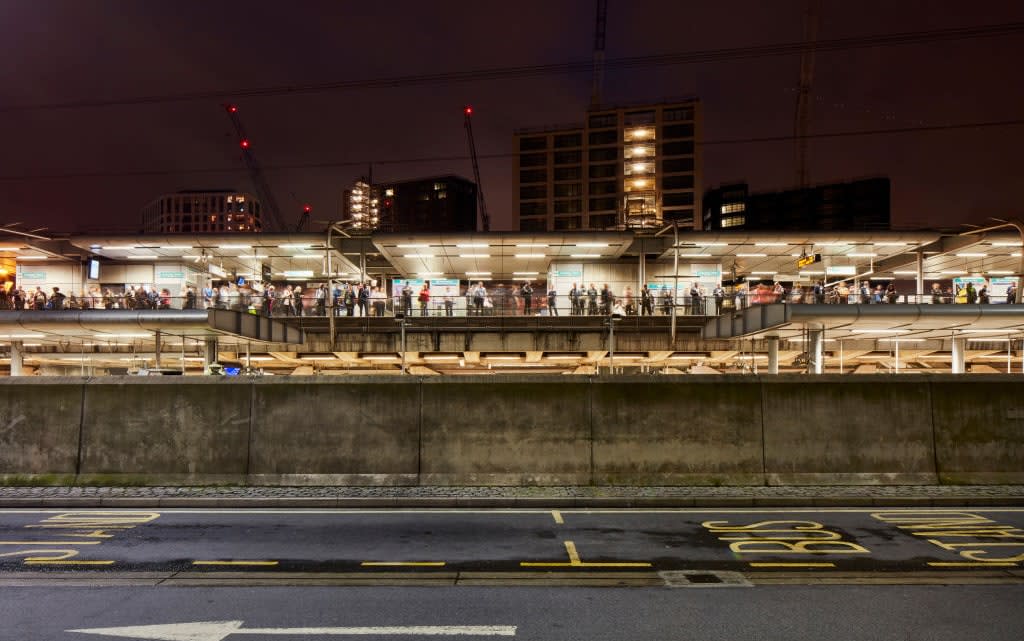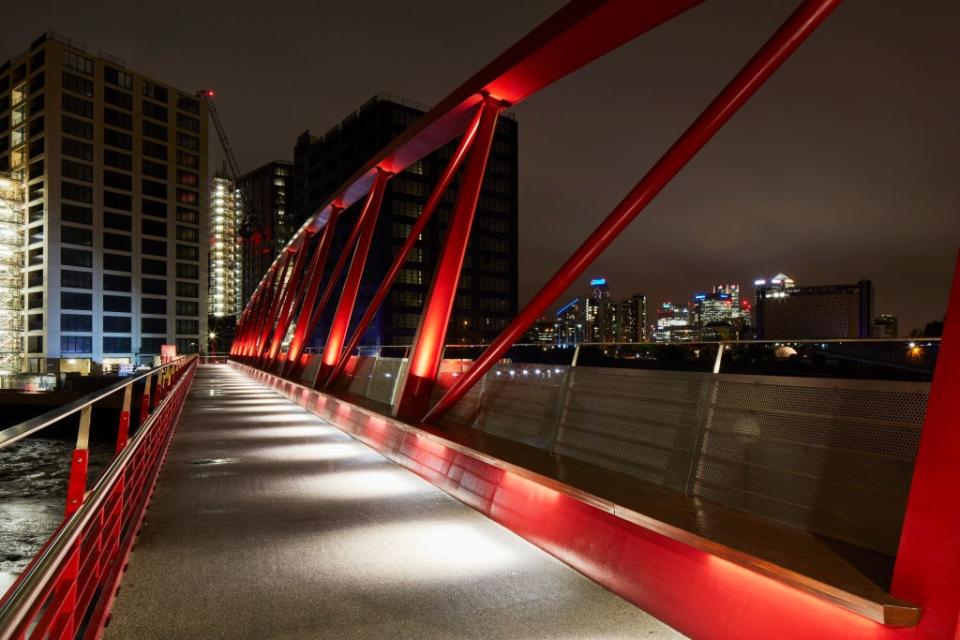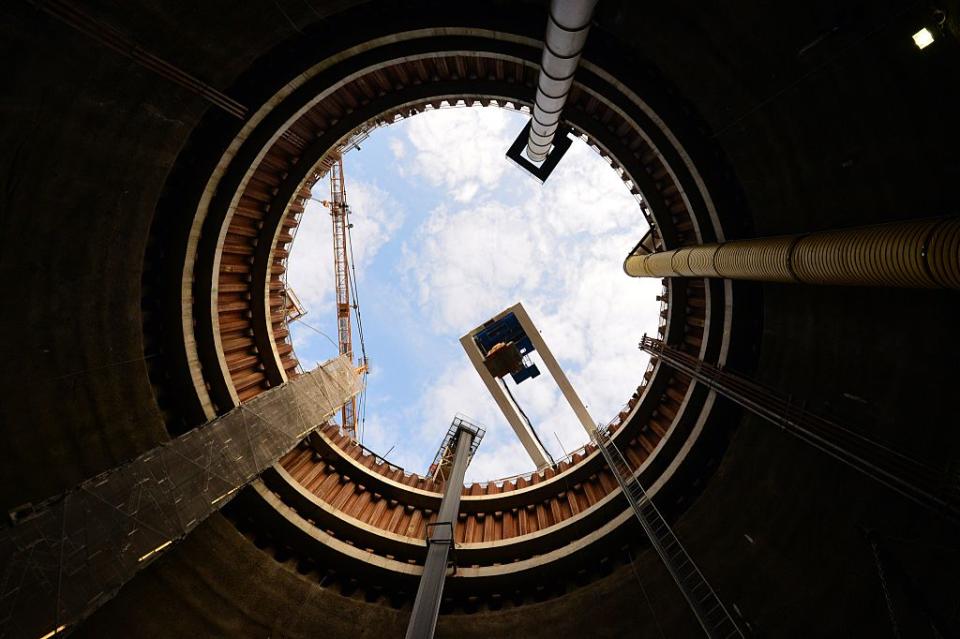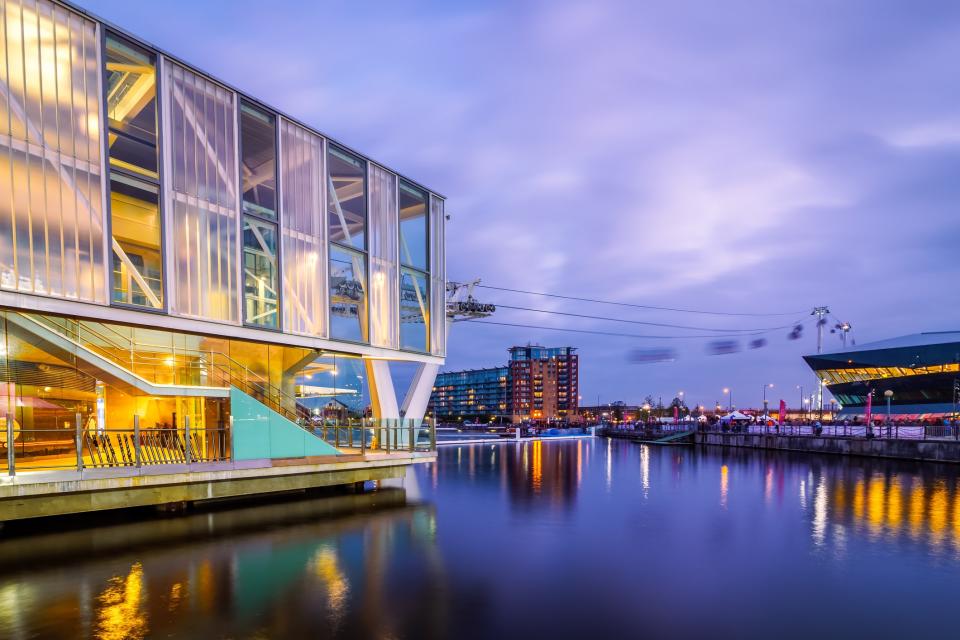Why E16 is London's best-kept secret

When a friend who works for a hedge fund bought a house in Canning Town in 2013, I knew the time had finally come. Normally when these people spot an investment opportunity they don’t tell everyone they’re doing it, they just do it. Fortunately for me he spelled out what I had already been thinking, and anyone who moves from Marylebone to Canning Town needs to listened to, if not copied.
“Just look at the location and all the investment they’re planning,” he said, sending me a link to details of a £3.7bn redevelopment scheme for the area which was already well underway and first involved the demolition of large swathes of council housing riven with gangs and unemployment.
Having grown up in Whitechapel, this wasn’t something that appealed, and had still been a problem when I first looked at the area in 2004. Then, working in Canary Wharf for Telegraph Travel, there was a brand new Jubilee Line station offering a commute of just two stops, but not much else. To get to any of the decent terraced homes you had the choice of a long walk under the A13 flyover, an equally depressing walk up the Barking Road or cutting though endless council estates so bleak that one friend referred to the blocks as “gulags”.

Fast forward 15 years and the transformation is so massive it’s almost laughable. Around the Royal Docks there are beaches and microbreweries, and from Canning Town station – now Zone 2 thanks to Boris Johnson’s efforts while Mayor of London – you look out over City Island in one direction, where previously derelict wasteland now resembles a mini-Manhattan and studios were sold for £400,000, and more high-end apartments, open squares, bars, restaurants, cafes, hotels and swanky short-term lets in the other.
The nicer council housing has been left untouched, meaning it’s not all high-rise, and local schools are suddenly in demand. Further south, the impending Crossrail station at Custom House and the expansion of City Airport mean that Sadiq Khan’s plan to move the mayoral office here, announced last week, are nothing to sniff at. There’s a grit and dynamism in E16 which still isn’t enough to convince many Islington and Hackney dwellers – in fact that’s probably what puts them off – but they’re the real losers.
Brilliant transport links
In the last 20 years, Canning Town has gone from being a blank hole on the transport map to what feels like the centre of everything, with City Airport offering departures to Europe faster than you can sometimes get across London, the Jubilee line and DLR, which get you to the City or West End in less than 20 minutes, and, should you prefer the more scenic route, a stop on the Thames Clippers boat service at Royal Wharf or the Emirates Air Line cable car to the south side of the Thames. There’s also a car ferry to Woolwich, a planned tunnel to North Greenwich and, finally, with the hopeful opening of Crossrail next year, the brand new Custom House station will open, providing a link to Heathrow in less than an hour.

History and contemporary culture
Canning Town’s large networks of docks and river access meant that much of it was bombed during the Second World War, but glimpses of its extraordinary history remain. Royal Victoria Dock, London’s biggest and oldest dock, itself a monumental construction, retains a smattering of historic pump-houses, grainstores and hulking factories around its edges, including the Tate & Lyle sugar refineries, which have been operating from this location for 140 years (and the company’s legendary Golden Syrup is the world’s oldest piece of branding, according to the Guinness Book of Records) and Millennium Mills, a vast, derelict flour mill which has featured in various films, finally under regeneration but open during London’s Open House days. The Excel Exhibition Centre hosts World Travel Market and The Daily Telegraph’s Adventure Travel Show, among many other events.

Recreation
The vast space of the Royal Victoria Dock and the river beyond provide good conditions for running and watersports including swimming, stand-up paddleboarding and wakeboarding. Just north of the dock is the legendary Peacock Gym and to the east is the Docklands Equestrian Centre.
Food
Next to Excel Exhibition Centre is Yi-Ban, an excellent Chinese fine-dining restaurant with views over the docks to City Airport. Just south of the dock is Husk Brewing, a fun and worthwhile microbrewery. For a grittier experience, check out Streeties, a historic Canning Town pub at 15 Shirley Street. Think exterior green tiles, bare floorboards, a dartboard, a Cockney bartender and all the time in the world.
New hotels and serviced apartments
There is a cluster of new hotels in the area between Canning Town Station and the Royal Docks, including an Ibis right opposite the station and, next to the Excel Exhibition Centre, an Aloft and the Sunborn London Yacht Hotel. Many of the new blocks, such as the Argo Apartments, offer apartment rentals with the use of roof terraces, gyms and other facilities.


